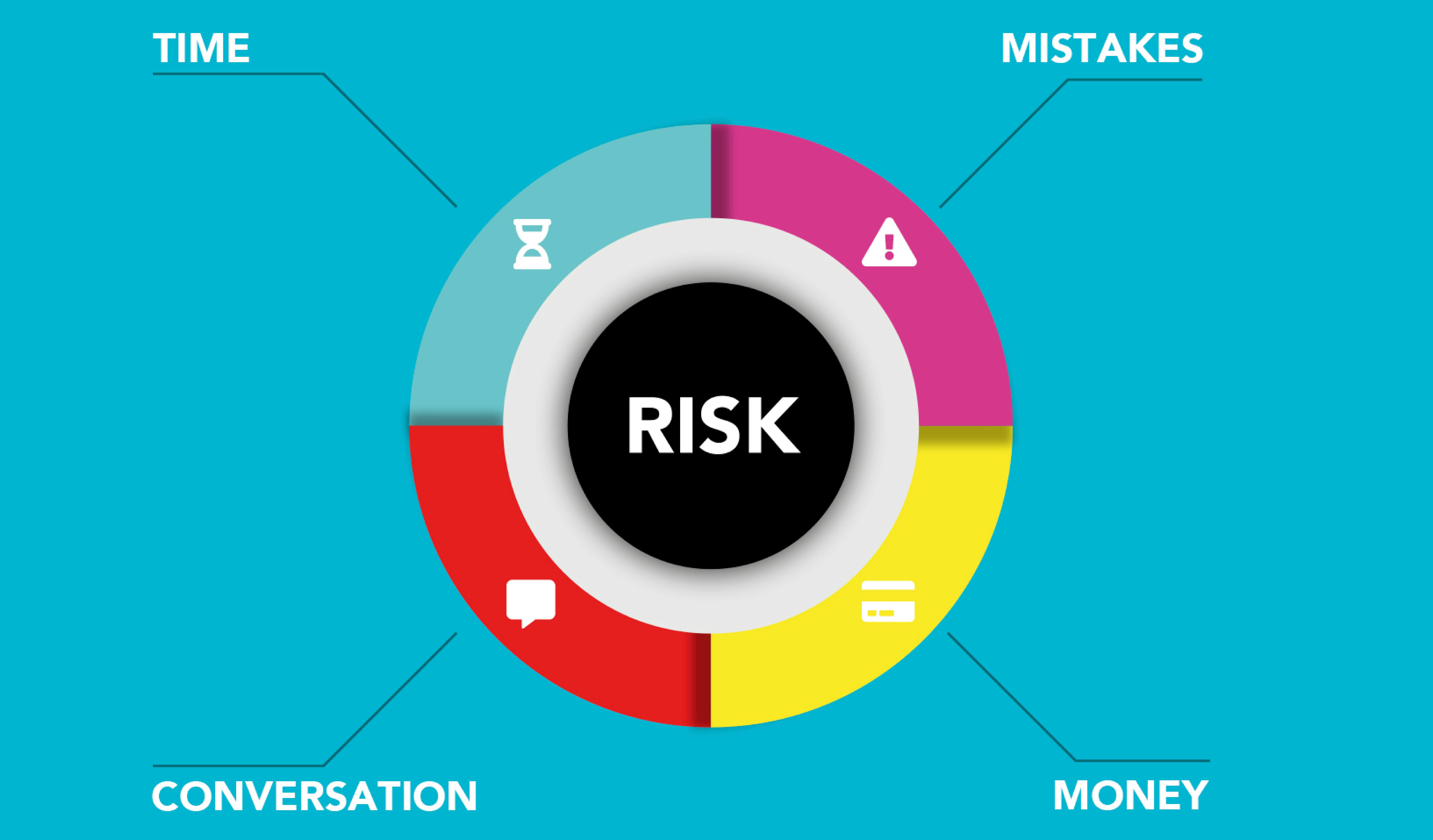NEED AND IMPORTANCE OF COMMUNICATION
“Identification is one of the key ingredients of effective communication. In fact, unless your listeners can identify with what you are saying and how you say it, they are not likely to receive or understand your message.”
Communication refers to the exchange of points of view, ideas, thoughts, beliefs and feelings with the intention of transmitting information from the sender to the receiver, through verbal or non-verbal means. We communicate for many reasons, such as sharing information, learning, consulting, connecting with others, writing rules and regulations, giving advice, sharing values and mission, teaching, expressing our expectations/ creativity/ philosophy/ research work, selling products. / services, for publicity, maintenance of public relations and advertising, networking with people with common interests or even with internal and external sources of the organization.
A study conducted by North Carolina State University found that in most organizations, communication skills were considered more important than technical knowledge or computer skills. This in itself conveys the importance of communication in the workplace. Many experts explain communication as ‘the foundation of every relationship’, ‘the life blood of an organization’, ‘the life blood of a successful team’ etc.
The importance of effective communication is further discussed:-
# The success of any business depends on a solid professional relationship between both parties and communication plays a crucial role in building, maintaining and improving these relationships.
# Communication does not only include the exchange of words, but listening, understanding and interpreting are also part of effective communication.
# The human resource (HR) is the most important element in any organization. Managing ‘Man’ is the biggest challenge for the organization. Communication is the lubricant that keeps this resource moving throughout the organizational machinery, as it involves communication at all levels – Vertical/Horizontal/Parallel/Lateral and Diagonal.
Research has revealed that managers spend much of their work time communicating; they generally spend 6 hours per day on communication which includes both written and oral communication.
Top management uses communication for internal sources to:-
 Communication provides effective orientation to employees by informing them of their duties, responsibilities, authorities and the power they have to perform the task.
 Impart organizational values, mission, vision, goals, objectives to the workforce.
 They also use communication for the implementation of the organization’s short-term and long-term goals.
 Communication allows an adequate flow of information for effective decision-making and problem solving.
 Communication provides a channel through which employees can give and receive ideas, points of view, suggestions, opinions, comments, etc. for the growth and development of the organization.
 Communication enables management to get feedback on their products/services from existing and potential customers.
 Miscommunication or even miscommunication can create confusion and misunderstandings that lead to unintended results, poor performance, and low employee morale.
 Management explains your financial plans, operating structure, job expectations, work ethic, corporate social responsibilities, compensation system, rules, regulations, and policies, and even provides training and development to the middle and lower hierarchical levels.
 Write financial reports for directors and shareholders to inform and inform them about the progress and future plans of the company.
 Communication allows messages to reach the target audience and get adequate feedback from them.
For external sources, communication is required for the following reasons:-
 Find potential investors.
 Obtaining permits/licenses.
 Dealing with buyers/agents/distributors and suppliers.
 Build long-term relationships with existing customers.
 Find new clients/potential clients.
 Build healthy relationships with government agencies/bodies/organizations.
 Improve relations with the media and NGOs (Non-Governmental Organizations).
 Build a pleasant relationship with stakeholders and society in general.
However, it is often noted that the best way to communicate with internal and external sources is by establishing an organizational culture of open doors, collaborative sharing, and supportive management that helps create a safe and healthy environment.



